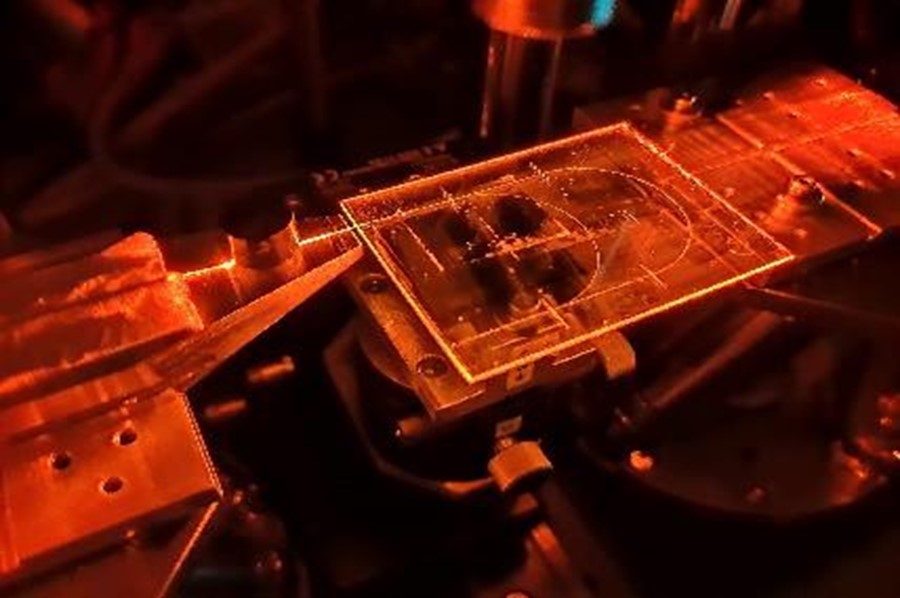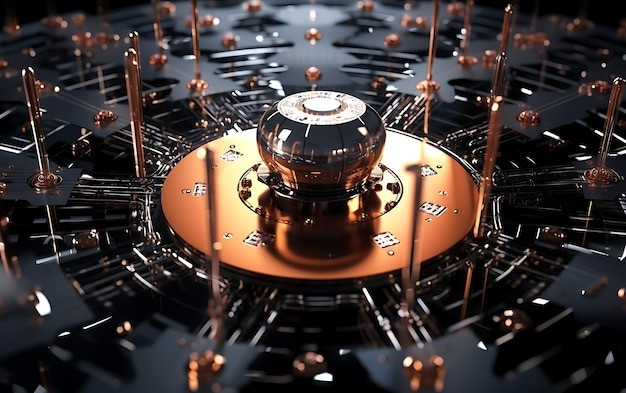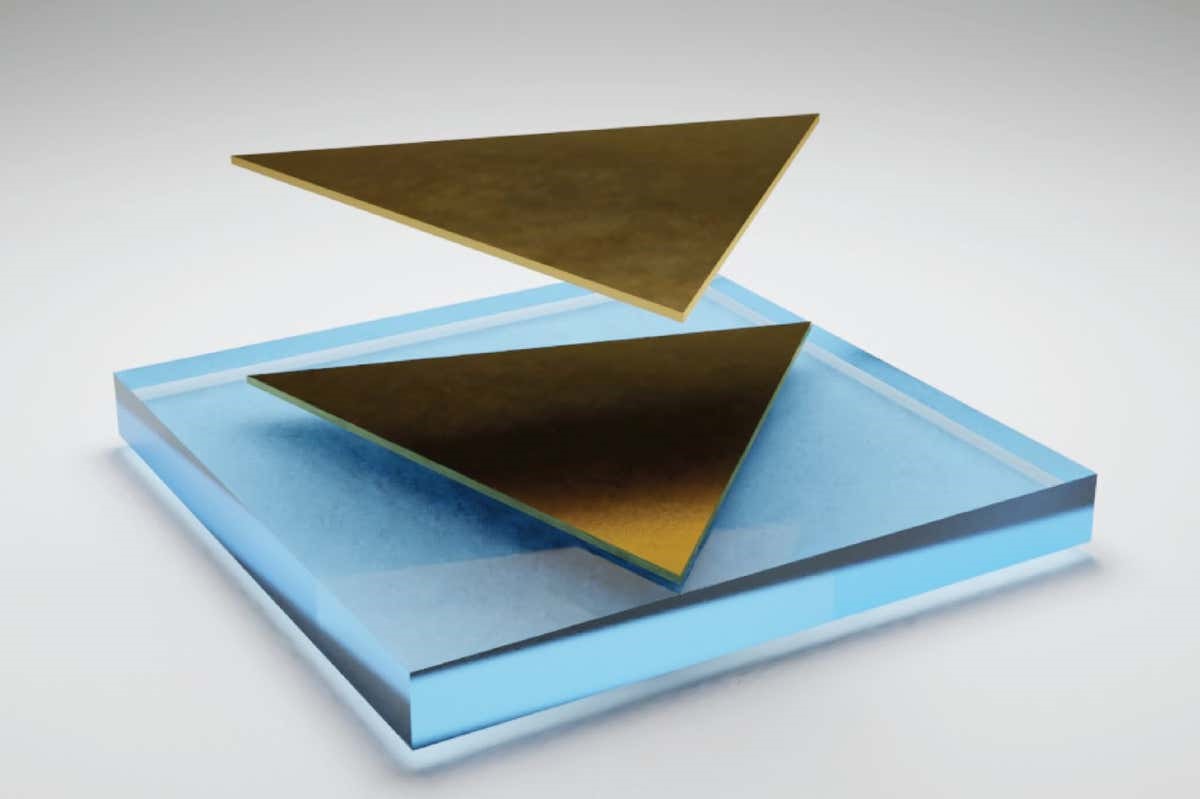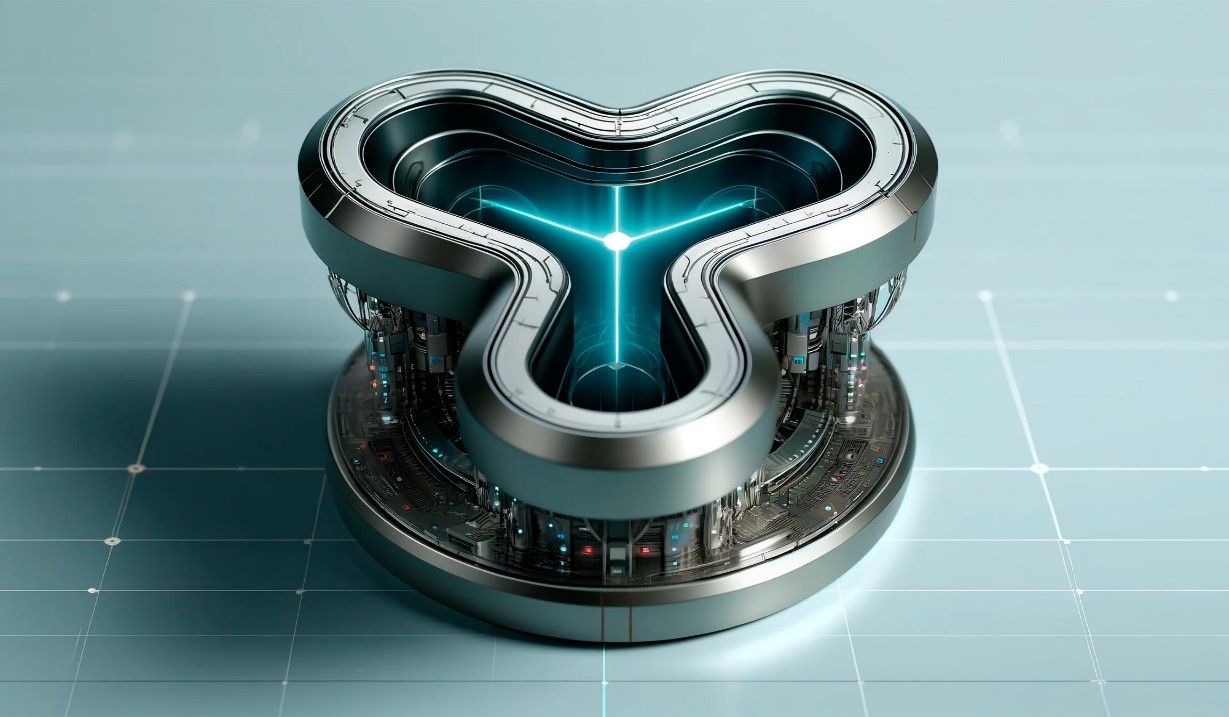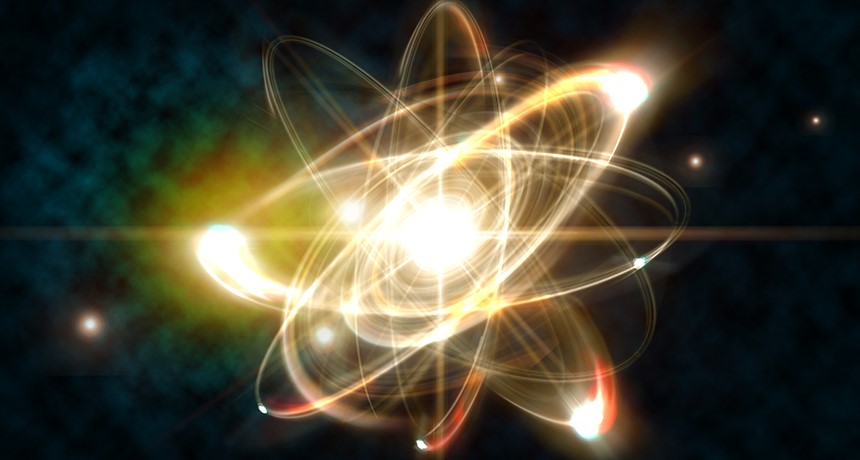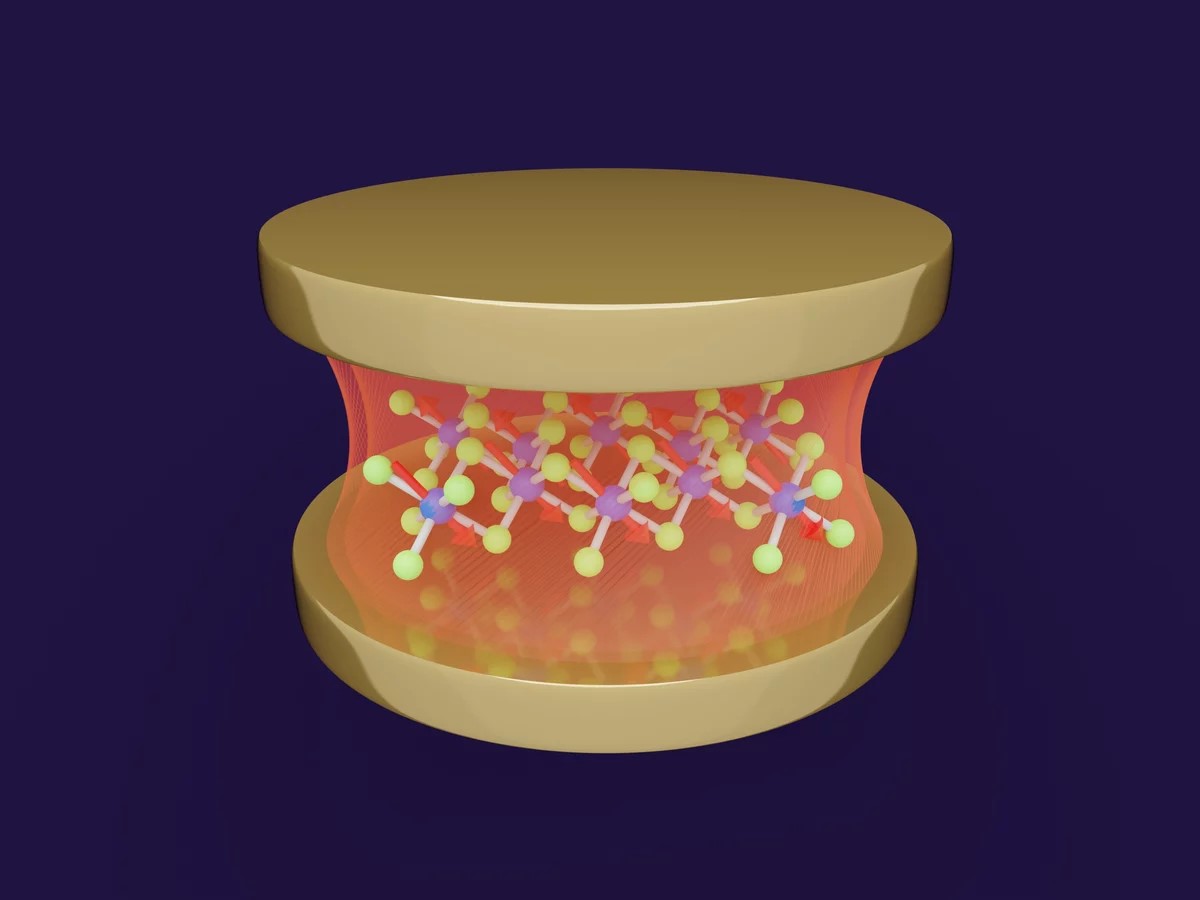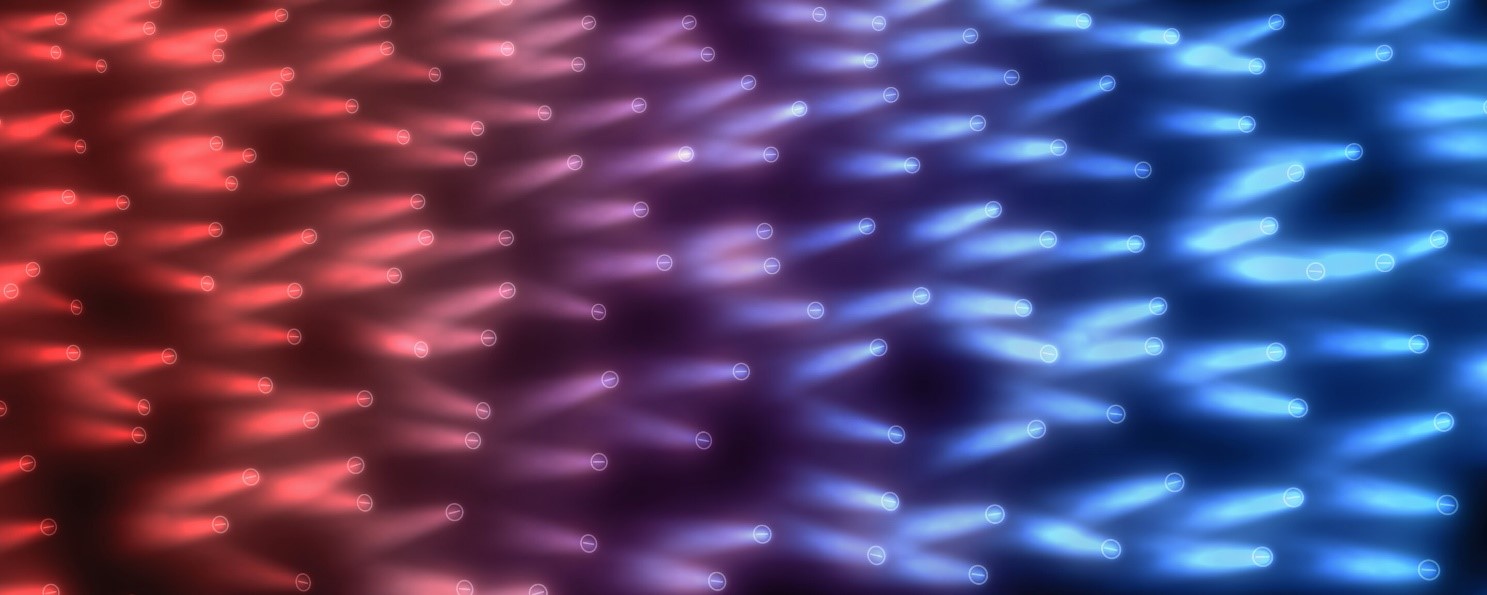Superconducting Diodes Ignite Quantum Leap in Computing and AI Performance
Researchers from the University of Minnesota Twin Cities have achieved a remarkable feat in the world of electronics by developing a cutting-edge superconducting diode. This breakthrough innovation holds tremendous potential for advancing quantum computers for industrial applications and revolutionizing the performance of artificial intelligence systems.
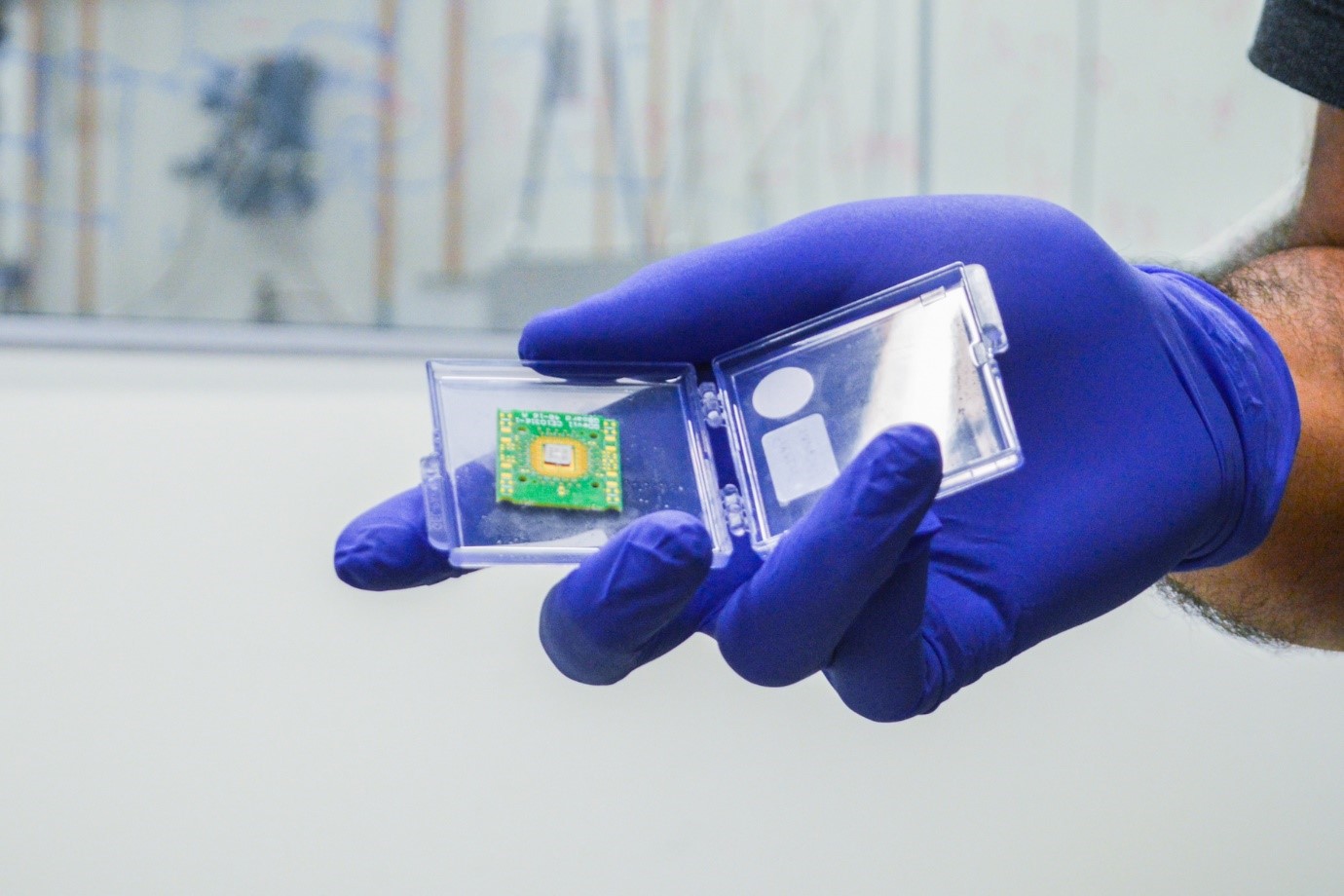
Figure 1. superconducting diode.
Figure 1 shows the superconducting diode. Setting itself apart from conventional superconducting diodes, the team's device boasts superior energy efficiency, the ability to process multiple electrical signals simultaneously, and the integration of a series of gates for precise energy flow control—a groundbreaking feature not previously seen in superconducting diodes.
The groundbreaking study detailing this advancement has been published in Nature Communications, a prestigious peer-reviewed scientific journal renowned for its coverage of natural sciences and engineering.
Traditionally, diodes permit current to flow in only one direction within an electrical circuit, constituting a fundamental component of computer chips. While diodes are typically crafted from semiconductors, researchers have been exploring the potential of employing superconductors instead, as they possess the remarkable capability of transmitting energy without any loss of power.
Vlad Pribiag, senior author of the paper and an associate professor in the University of Minnesota School of Physics and Astronomy, elucidates the motivation behind this pioneering research: "We aspire to enhance the power of computers, but our current materials and fabrication methods are bound by formidable limitations. We need novel approaches to computer development, and one of the most significant challenges hindering increased computing power is the substantial energy dissipation. Therefore, we are contemplating how superconducting technologies can alleviate this issue."
The researchers at the University of Minnesota devised their device employing three Josephson junctions—a configuration involving non-superconducting material sandwiched between superconductors. In this instance, the researchers interconnected the superconductors using semiconductor layers. The unique design of the device enables the utilization of voltage to precisely manipulate its behavior.
Notably, their device possesses the ability to process multiple signal inputs, a notable departure from conventional diodes that can only accommodate a single input and output. This feature holds immense promise for neuromorphic computing—an innovative technique emulating the functionality of neurons in the human brain—to significantly enhance the performance of artificial intelligence systems.
Mohit Gupta, first author of the paper and a Ph.D. student in the University of Minnesota School of Physics and Astronomy, explains the significance of their achievement: "The device we have developed showcases energy efficiency that is nearly unparalleled, and for the first time, we have demonstrated the integration of gates and electric field manipulation. While other researchers have created superconducting devices before, the materials they employed proved challenging to fabricate. Our design employs more industry-friendly materials while also delivering novel functionalities."
The methodology employed by the researchers exhibits remarkable versatility, as it can potentially be applied to any type of superconductor. This versatility and user-friendliness make their device highly compatible for industrial applications, facilitating the scaling up of quantum computers for widespread adoption.
Pribiag emphasizes the importance of scaling up quantum computers for practical applications: "Presently, all existing quantum computing machines are relatively rudimentary compared to the requirements of real-world applications. Scaling up is imperative to develop a computer that possesses enough power to tackle complex, useful problems. Many researchers are exploring algorithms and use cases for computers and AI systems that have the potential to outperform classical computers. Here, we are developing the hardware necessary to enable quantum computers to implement these algorithms. This exemplifies the impact of universities in sowing ideas that ultimately permeate industry and are integrated into practical machines."
The primary funding for this groundbreaking research came from the United States Department of Energy, with additional support provided by Microsoft Research and the National Science Foundation.
In addition to Pribiag and Gupta, the research team included Gino Graziano, a graduate student from the University of Minnesota School of Physics and Astronomy, and researchers Mihir Pendharkar, Jason Dong, Connor Dempsey, and Chris Palmstrøm from the University of California, Santa Barbara.
Source: University of Minnesota
Cite this article:
Hana M (2023), Superconducting Diodes Ignite Quantum Leap in Computing and AI Performance, AnaTechMaz, pp.127


